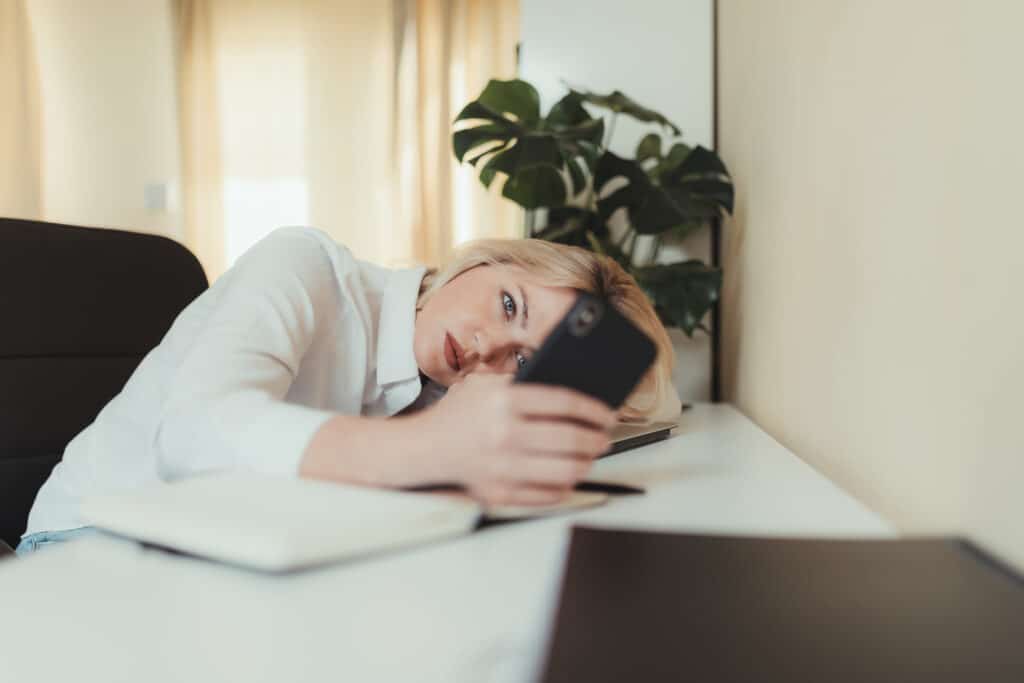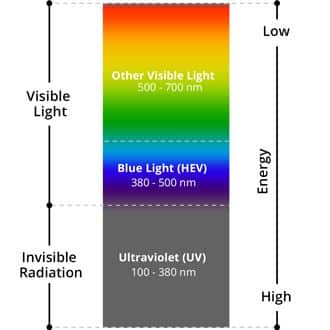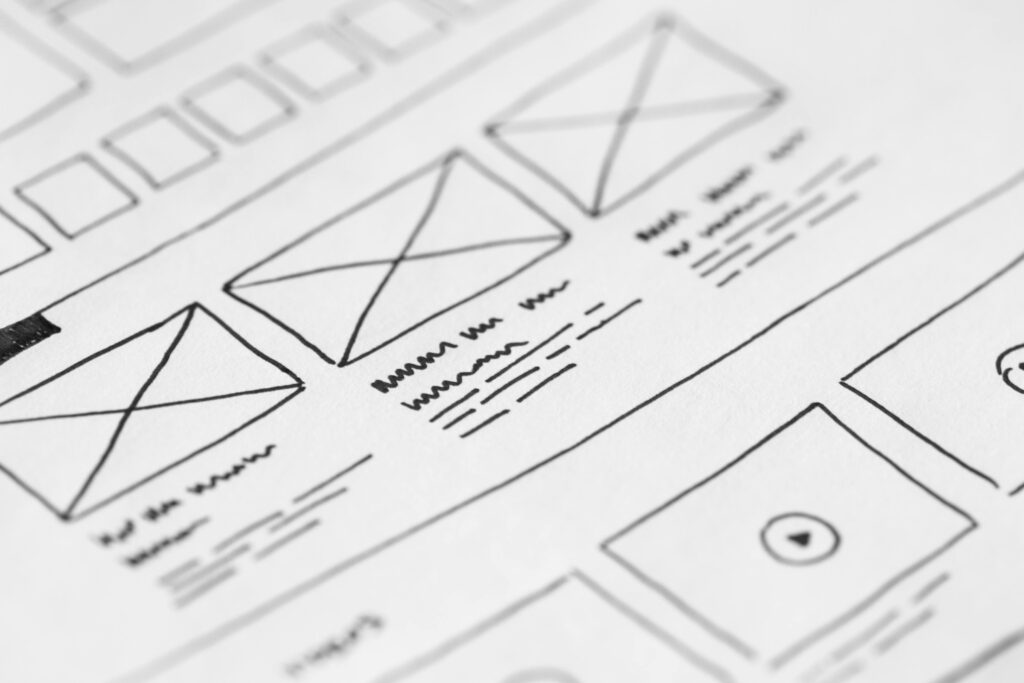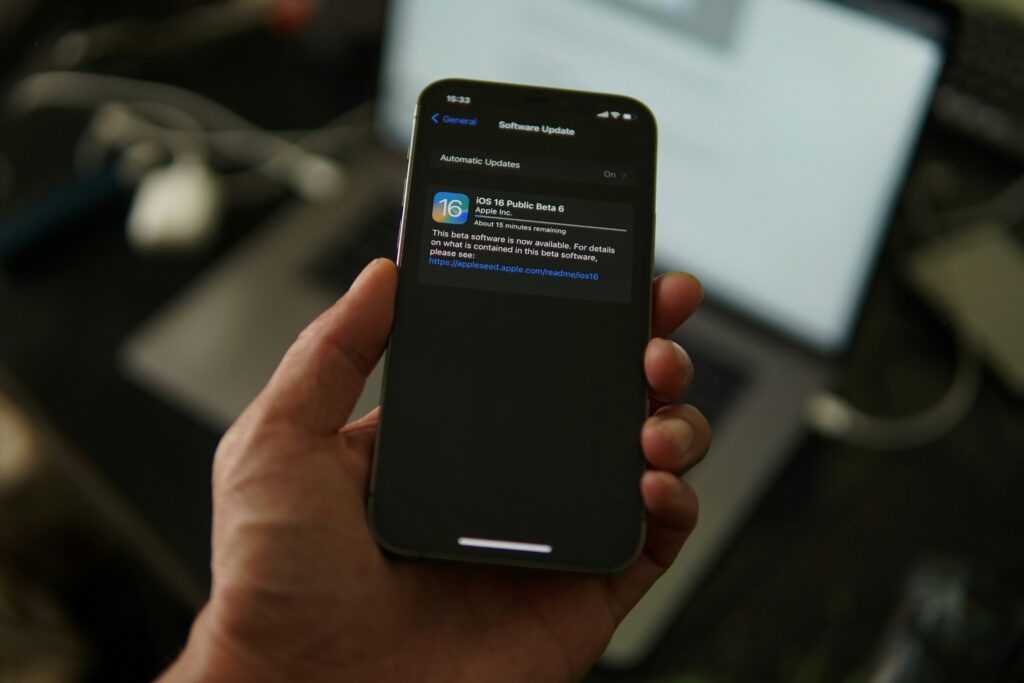On this February 6th, 2023, it’s World Mobile Phone-Free Day. 📵 This initiative was started by the writer Phil Marso, and it has been around for over 20 years! It spans a period of 3 days (from February 6th to February 8th) during which mobile phone users are invited to reflect on their usage.

In 2020, 81% of adults in Quebec owned a smartphone. This represents a 4-percentage-point increase from 2019 and a 19-percentage-point increase from 2017!
It’s not always easy to detach from your phone. Everything is within reach, literally at your fingertips. And the question arises! Is it truly possible today to not be connected almost constantly to your mobile phone? Relentlessly, alerts from emails or text messages manage to grab our faltering attention. Not surprisingly, according to various studies, mobile phones can disrupt concentration.
I propose a little “detox” exercise that you can practice every day. Put your phone on airplane mode, within sight, face down, and set an alarm for 15 minutes. During this time, continue your activity. If you’re working on a computer, turn off all notifications (except those from your boss 😉). Try to stay focused on a task for 15 minutes. Did you do it without difficulty? Repeat the exercise, this time for 20 minutes. You can increase the time in each session. You can also go at your own pace. If you had trouble with 15 minutes, repeat the session until you succeed before increasing the time. Your brain will adapt to working without interruption.
Thumb scrolling has almost become a national sport! Did you know that by scrolling on your phone, your thumb travels an average of 180 meters per day? Enough to develop tendonitis, as it’s becoming more common among young users. It’s not unlikely to develop health problems due to our phone usage. Our head weighs between 4 and 5 kilograms (between 8.8 and 11 pounds), and when we tilt it over the phone’s screen for several hours a day, it’s not uncommon to experience headaches, discomfort in the arms, and neck pain. Take a break; go outside and take the opportunity to lift your head and look at the sky. 🌤️

While taking the time to gaze at the sky, enjoy the (blue) sunlight. Have you ever heard of blue light? It is a part of the light spectrum, with wavelengths ranging from 380 to 500 nanometers. It is emitted by the sun, as well as artificial light sources. This light, whether natural or not, is toxic to the retina. The emission from screens is obviously of lower intensity than that of the sun, but we are exposed to it for long periods. The potentially harmful blue light represents only a small portion of the overall blue light spectrum: these are the blue-violet wavelengths, and we are increasingly exposed to them. The spectrum of daylight or artificial light includes bands of color. Among them is turquoise blue, which is considered good for mood, and then there is violet blue, a light that increasingly puts our eyes at risk. In fact, the energy that reaches the retina in the case of blue-violet light is stronger than in the case of turquoise light. Screens, in particular, emit peaks of blue light known as High Energy Visible light (or HEV).
So, this light is not without risk. Prolonged exposure can increase the chances of prematurely developing Age-related Macular Degeneration (AMD). However, it can also have beneficial effects! It helps regulate our circadian rhythms (wake/sleep cycles) and our mood. Turquoise blue light also helps regulate the production of melatonin, our sleep hormone.
After all, the decision to participate in these 3 days without a phone is up to you. However, if you do participate, I guarantee you a sense of total well-being, free from worries and distractions. If you choose not to… at least consider wearing glasses with a blue light filter to protect your eyes. 😉


